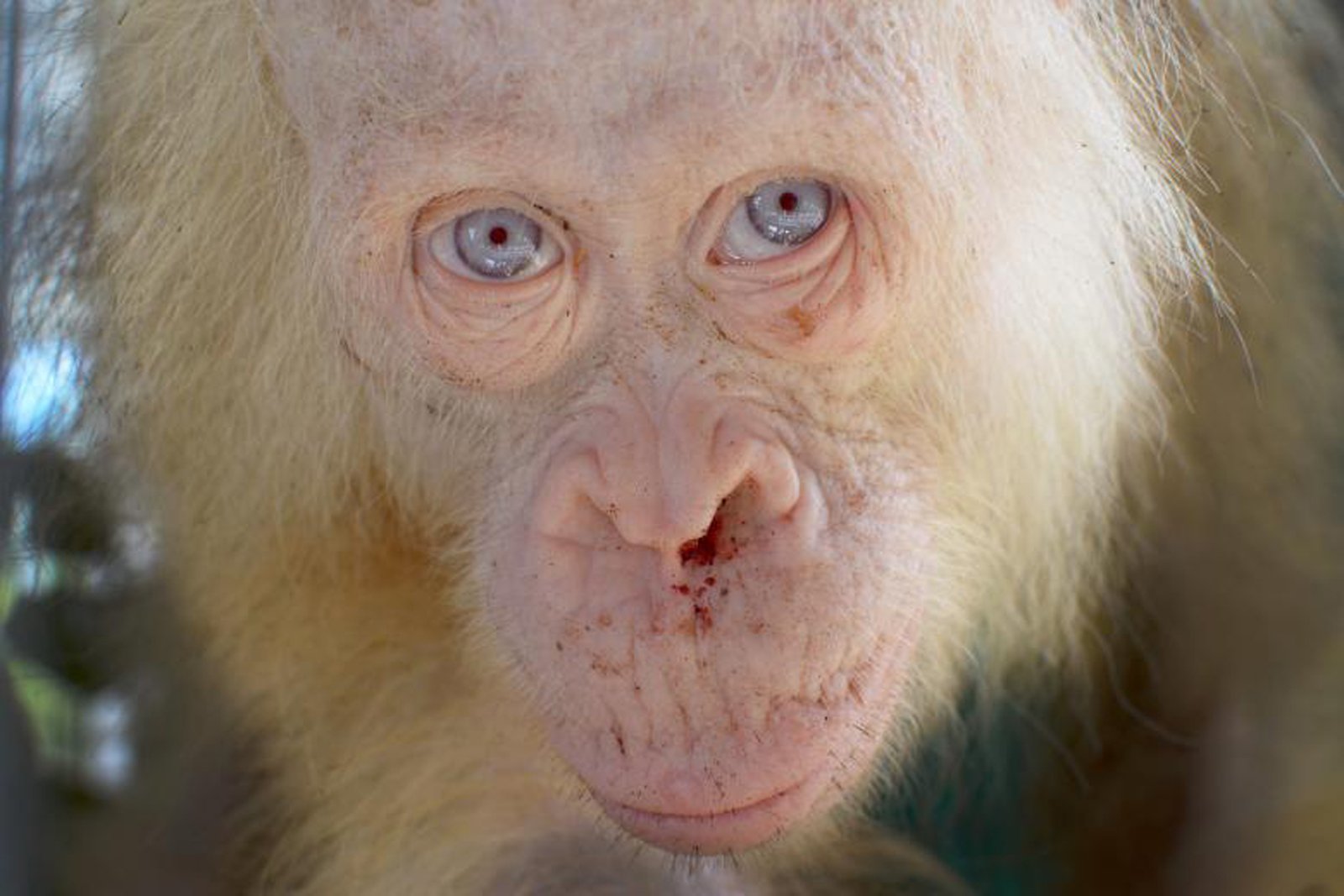

cubensis, owes its effects to a completely different group of “active ingredients,” and thus works very differently in the body. Amanita muscaria, for example, probably the most famous hallucinogenic mushroom besides P.

While some people talk about all “magic” mushrooms as though they were interchangeable, each species has its own mix of psychoactive and other substances, and thus its own possible effects on the body and brain. cubensis use is not risk-free, risk can be minimized through reasonable caution. The risk of addiction is very low mushroom use does not cause the kind of dependency that, for example, opiates do. Over-doses are possible and can be dangerous, but are never deadly. The results of taking this mushroom can vary dramatically, depending on the chemistry of the individual mushroom and on the physical sensitivity, mental state, and surroundings of the user at the time. There can also be less psychedelic effects, such as nausea or worse. P.cubensis is mind-altering, able to cause a range of effects, including hallucinations, mood-changes, new beliefs or ideas (sometimes classifiable as delusion, sometimes not), and anxiety, or even panic. Many users either buy or grow their supply, making identification less of an issue.

The brain discards details deemed unimportant, so until a person has studied mushrooms in an ongoing way for some time (thus teaching the brain that mushroom details are important) the difference between a useful species and its toxic look-alike might literally be invisible. It’s important to remember that noticing certain kinds of details is a learned skill. Several look-alikes do share the same habitat, so it’s unwise for enthusiasts to go foraging on their own unless they have also developed some skill at mushroom identification. The wild type grows freely in well-watered tropical and sub-tropical areas of almost every continent. The species eats, and usually fruits from, the dung of large grazing animals-not from under dung (a habit other species have). Wild-type caps are brownish, but APE caps are almost white. P.cubensis is a small, often long-stemmed mushroom with a bluish ring that is often stained black by falling spores. cubensis, rather like how the white tigers bred for circuses and zoos are still tigers, not a new species. cubensis, the wild fungus it grew out of-in fact, APE still is P. Understanding APE begins with understanding P.


 0 kommentar(er)
0 kommentar(er)
